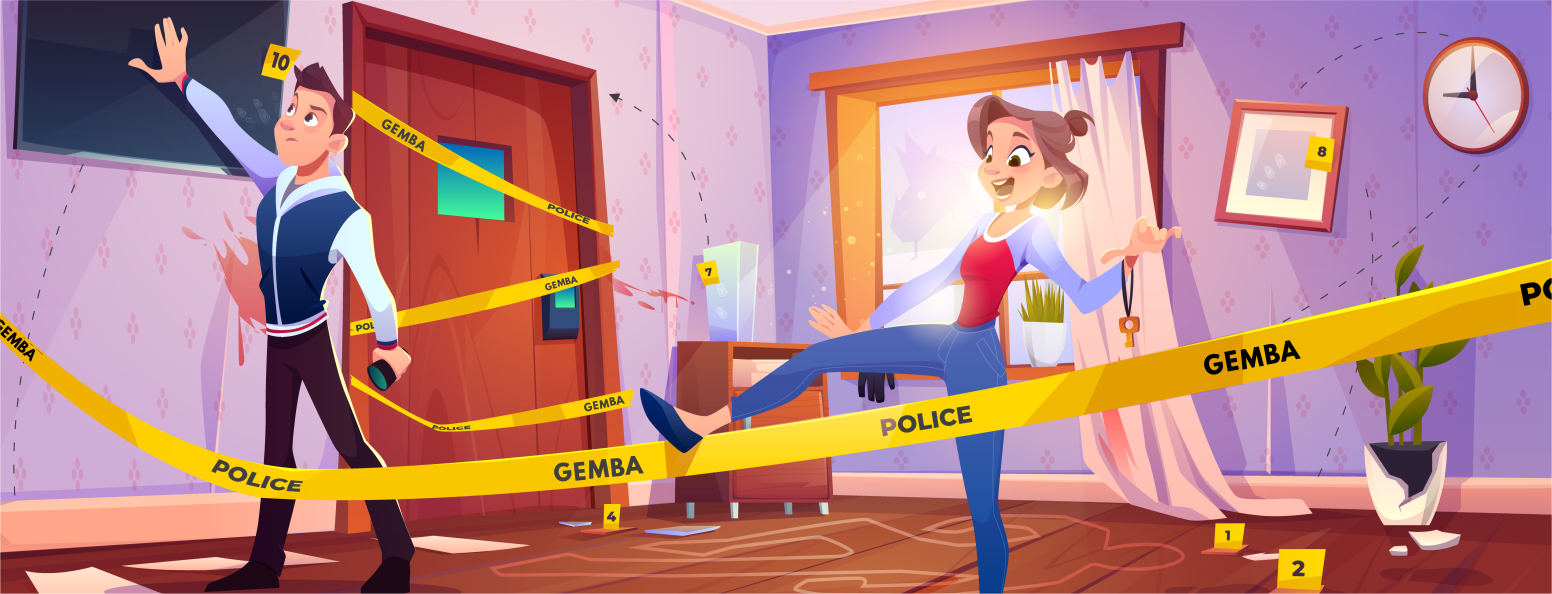Gemba Walks: Better Software Specifications by Visiting the “Crime Scene”
- Gemba
- Software requirements
- Shared understanding
- Teamwork
- Avoiding GIGO

In the realm of business software production, the quest for creating accurate and effective specifications is a perpetual challenge. To tackle this, software development teams have turned to a powerful technique called Gemba walks. Originating from the Japanese term "Gemba" meaning "the real place” or “crime scene”, this approach involves going to the actual location where work is performed to gather firsthand knowledge and insights. In this blog post, we will explore the significance of Gemba walks in the context of business software development, the advantages they offer, and how they help avoid the pitfalls of poor specifications.
"Gemba walks promote collaboration, empathy, and a user-centric approach, leading to more accurate specifications and increased project success rates. By embracing Gemba walks as an integral part of the software development process, organizations can ensure that their software solutions truly meet the needs of their end-users and deliver exceptional value to the business at the same time."
In the fast-paced world of software production, it is easy to lose sight of the end-users' needs and preferences. Research by the Standish Group suggests that leaving out the user is the number one root cause of failure in software projects - not to mention that including them is the number one success factor. This is where Gemba walks can make a significant difference. By physically immersing themselves in the users' environment, software development teams can gain a deep understanding of the challenges, workflows, and pain points experienced by the end-users. This invaluable knowledge serves as a solid foundation for crafting accurate and user-centric specifications.
Gemba walks offer several advantages when it comes to creating specifications for business software. Firstly, they enable direct observation and interaction with users, allowing developers to witness their behaviors, tasks, and interactions in real-time. This hands-on experience fosters empathy and helps uncover critical insights that may not be apparent through interviews or surveys alone. By experiencing the users' environment firsthand, software development teams can identify specific pain points, inefficiencies, and unmet needs, which can then be translated into actionable specifications.
Moreover, Gemba walks promote collaboration and communication among cross-functional teams. By involving representatives from different disciplines, such as developers, designers, business analysts, and end-users, Gemba walks facilitate a shared understanding of the project goals and user requirements. The direct involvement of diverse stakeholders - often including the highest-ranking executives - during the walk encourages open discussions, knowledge sharing, and the generation of innovative ideas. This collaborative approach helps align expectations, mitigate misunderstandings, and foster a sense of ownership among team members. It also helps facilitate the alignment of employees with strategic objectives through direct contact with their top-ranking leaders.
Gemba walks prove to be particularly useful in various scenarios. For instance, when developing software for industries such as healthcare, manufacturing, or banking, where complex processes and intricate workflows are involved, observing the users in their work environment helps identify bottlenecks, inefficiencies, and potential areas for automation or improvement. Additionally, when dealing with legacy systems or software migrations, Gemba walks provide a deeper understanding of existing functionalities, user behaviors, and pain points, allowing for more accurate specifications and smoother transitions.
Gemba walks serve as a powerful tool for gathering real-world insights and enhancing the creation of specifications for business software. By stepping out of the confines of the development environment and immersing themselves in the users' world, software development teams can bridge the gap between technical solutions and user needs.
Master the art of Gemba walks in workshops provided by Sense/Net Agile Academy or by gaining first-hand experience during a software project with Sense/Net Custom Software Solutions.




 The website includes cookies
The website includes cookies